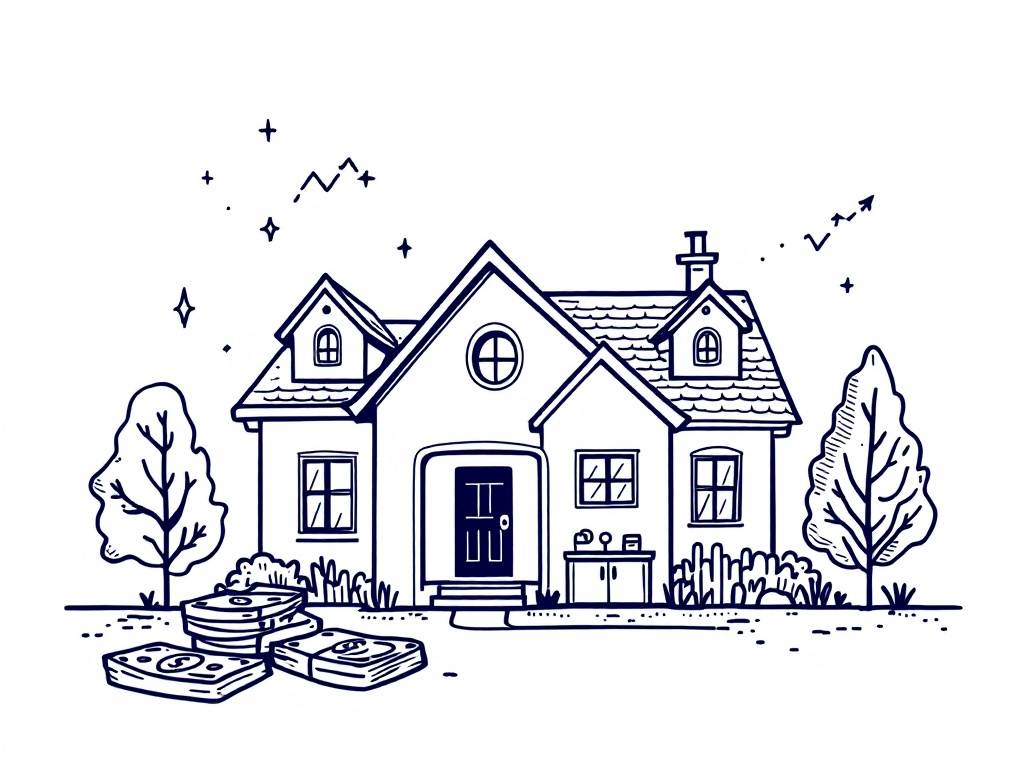U.S. Home Sales Hit 16-Year Low Amid Rising Mortgage Rates

Miami, Thursday, 24 April 2025.
In March 2025, U.S. home sales fell to their slowest pace since 2009, driven by high mortgage rates and economic concerns that have dampened the spring housing market’s typical performance.
Mortgage Rates Drive Down Sales
According to the latest data, mortgage rates in the U.S. reached their highest levels in two months, climbing to 6.90% in mid-April 2025, a rise from 6.81% earlier in the month. This escalation in rates has been associated with a significant decline in mortgage demand, which dropped by nearly 13% during the same period [6]. The high cost of borrowing is a crucial factor behind the sluggish performance in home sales, which saw sales of previously owned homes plummet 5.9% from February to March 2025 [1][2]. Lawrence Yun, the chief economist for the National Association of Realtors, highlighted that the affordability issues associated with high mortgage rates have kept both buyers and sellers at bay, further complicating the overall home sales landscape [1][2].
Regional Variations in Sales
While the overall trend indicates a downturn, regional sales figures present a more nuanced story. In the Western U.S., despite the priciest market, there was a surprising year-over-year sales increase, attributed to strong activity in the Rocky Mountain states driven by job growth. In contrast, the Midwest and South experienced declines, and the Northeast remained steady [1][3]. The West’s ability to buck the general decline could be indicative of localized economic resilience, even as other areas grapple with economic and interest rate challenges [1][4].
Impact on Prices and Inventory
Despite the drop in sales, home prices continued to climb, albeit at a reduced pace. The median existing-home price in March was up by 2.7% from the previous year, reaching $403,700 [1]. Inventory increased by 19.8% compared to March 2024, bringing the total to 1.33 million units, though this still represents only a 4-month supply, short of the 6-month threshold considered indicative of a balanced market [1][4]. The increased inventory alongside stagnating sales is gradually tempering price hikes, but affordability remains a significant issue [1].
Prospective Outlook and Economic Concerns
Looking forward, the trend of canceled contracts in March suggests increasing apprehension about economic stability. With reports of potential rises in home furnishing prices due to tariffs and ongoing stock market volatility, concerns about inflation and job security may exacerbate an already cautious buyer sentiment [1][6]. Robert Frick, a corporate economist at Navy Federal Credit Union, warned of deteriorating conditions in the months ahead, stressing that existing pressures from elevated prices and mortgage rates are unlikely to abate soon [1][2].